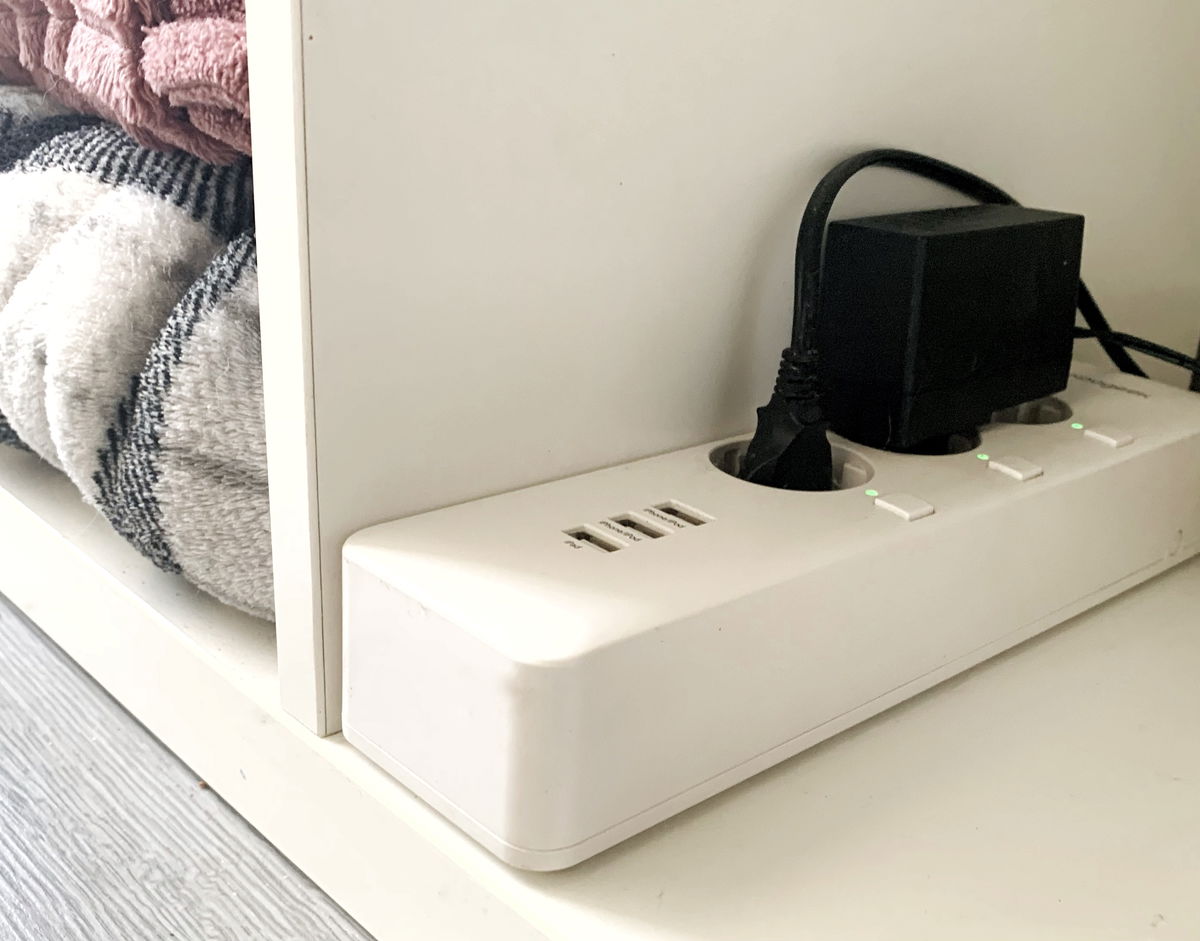
Are you planning an upcoming trip? Whether you’re traveling across the country, backpacking through Europe, or just visiting a family member on vacation, having access to accurate maps and navigation is essential when traveling.
Google Maps has become one of the most used navigation apps by travelers around the world. But before you trust completely Google Maps To get from point A to point B, you first need to perform an important calibration step.
Why should you calibrate Google Maps?
Taking a minute to calibrate Google Maps will help you optimize the app’s accuracy and reliability.
Over time and with regular use, your smartphone’s compass and GPS sensors can accumulate minor errors. Frequent recalibration helps counteract this distortion. Calibration resets the phone’s orientation and makes the Maps app work correctly again. This ensures that you receive accurate turn-by-turn directions, accurate public transport routes and accurate walking directions.
How to calibrate Google Maps
Luckily, calibrating Google Maps using Android or iOS only takes a few seconds.
Here’s how you can get started:
- Open the Google Maps app and wait a few seconds to see where you are. To make sure you have your exact location, click the location indicator button in the bottom right corner of the screen. On Android, it’s a spiked circle icon that resembles a compass. On iPhone there is an arrow icon pointing to the top right corner. Clicking this button will center the map at your exact location.
- Tap the blue dot that represents you and tap Calibrate. If Google Maps detects that your location’s accuracy is low, it may automatically ask you to recalibrate it.
- When prompted, hold the camera and scan your surroundings using Live View. To do this, hold it in front of you with the camera facing out. Slowly pan the camera horizontally to capture surrounding buildings, streets and store signs. This calibration process must be done outdoors in order for Google Maps to correctly analyze your location. Gently move the phone’s camera in a circle, keeping it facing forward.
- For Android users, if Live View calibration does not correctly determine your location, you will have the option to “Use Compass” instead. Press this button to switch to compass calibration. Slowly move your phone in a figure-eight pattern to calibrate the compass sensor.
For iPhone users, Live View is the only calibration method available. If this does not work in your current location, you may need to move to a location with a clearer view of your surroundings for the calibration to succeed. Keep trying until Google Maps can properly analyze the area to determine and record your location.
Once calibration is complete, Google Maps will once again provide you with accurate directions, location tracking, and navigation recommendations. Get into the habit of calibrating periodically, especially before relying on Google Maps for long or short drives. Having a properly calibrated mapping app can save you time, headaches and frustration if you make a wrong turn on an unfamiliar road.
Finally
Don’t risk getting lost with a navigation app that doesn’t work properly. Take a moment to calibrate Google Maps before your next adventure—it’s a quick adjustment that will help ensure you have accurate directions during your travels.
Source: Digital Trends
I am Garth Carter and I work at Gadget Onus. I have specialized in writing for the Hot News section, focusing on topics that are trending and highly relevant to readers. My passion is to present news stories accurately, in an engaging manner that captures the attention of my audience.










